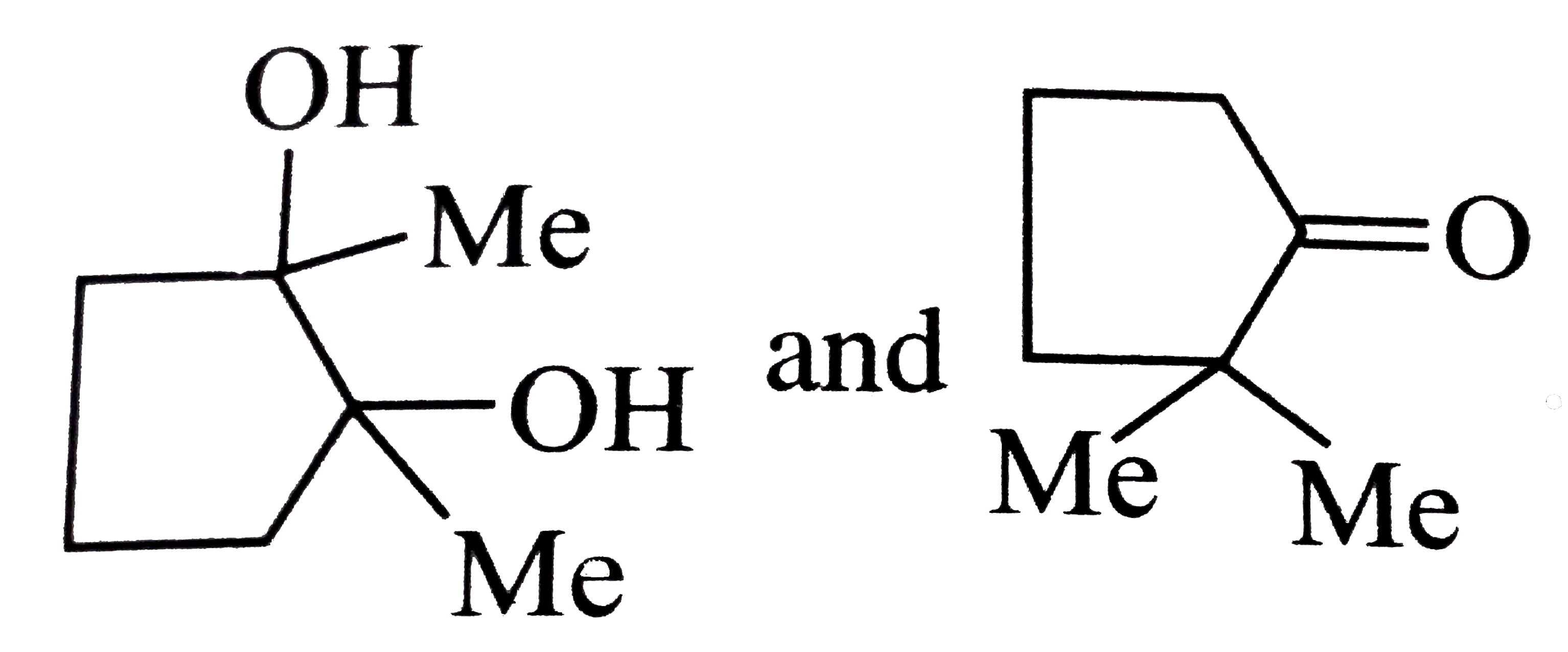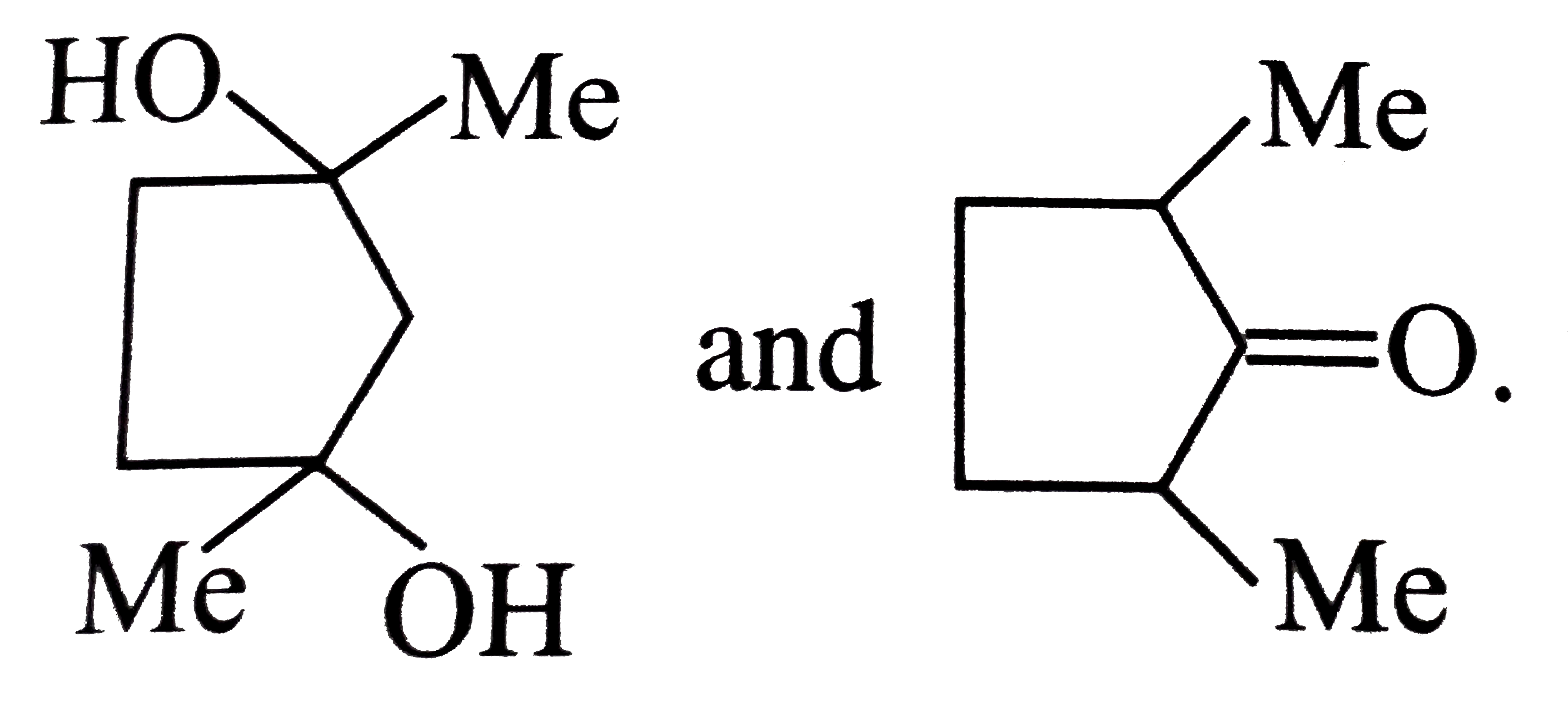A
B
C
D
Text Solution
AI Generated Solution
The correct Answer is:
|
Topper's Solved these Questions
BIOTECHNOLOGY AND ITS APPLICATIONS
AAKASH INSTITUTE|Exercise ASSIGNMENT (SECTION - B) (OBJECIVE TYPE QUESTIONS)|25 VideosView PlaylistBIOTECHNOLOGY AND ITS APPLICATIONS
AAKASH INSTITUTE|Exercise ASSIGNMENT (SECTION - C) (PREVIOUS YEARS QUESTIONS)|58 VideosView PlaylistBIOTECHNOLOGY AND ITS APPLICATIONS
AAKASH INSTITUTE|Exercise EXERCISE|20 VideosView PlaylistBIOMOLECULES
AAKASH INSTITUTE|Exercise ASSIGNMENT (SECTION-D) Assertion-Reason Type Questions|10 VideosView PlaylistBIOTECHNOLOGY-PRINCIPLES AND PROCESSES
AAKASH INSTITUTE|Exercise ASSIGNMENT SECTION-D (Assertion-Reason Type Question)|10 VideosView Playlist
Similar Questions
Explore conceptually related problems
Knowledge Check
Similar Questions
Explore conceptually related problems
AAKASH INSTITUTE-BIOTECHNOLOGY AND ITS APPLICATIONS-ASSIGNMENT (SECTION - A) (OBJECIVE TYPE QUESTIONS)
- Crystallline protein synthesized by Bacillus thuringiensis is activate...
02:21
|
Play - Human insulin is being commercially produced from a transgenic...
02:37
|
Play - Bt toxin kills the insect by
01:57
|
Play - How many recombinant therapeutics worldwide have been approved for hum...
01:59
|
Play - Which of the following may be considered as an application of biotechn...
01:33
|
Play - Which peptide chain is removed during maturation of proinsulin
02:28
|
Play - Why would lac z gene be fused to coding sequence of chain A and B in p...
02:13
|
Play - The first clinical gene therapy was given in 1990 to a 4 years old wit...
01:52
|
Play - Animal that have their DNA manipulated to possess and express an extr...
02:00
|
Play - About what precentage of all existing transgenic animals are mice?
01:40
|
Play - If a probe is made of radioactively labelled dsDNA and is allowed to h...
02:39
|
Playing Now - Techniques that serve the purpose of early diagnosis include
02:26
|
Play - A human protein which is being obtained from transgenic animals and is...
01:18
|
Play - Which step has been taken by Government of India to cater to the requi...
01:32
|
Play - How many documented varities of basmati rice are grown in india?
02:20
|
Play - Rosie' a transgenic cow is known to produce a type of milk which has a...
01:20
|
Play - Which Indian plants have either been patented or attempts have been ma...
01:49
|
Play - Repeated transfusions of genetically modified cells are required in SC...
02:32
|
Play - The bacterum Bacillus thuringiensis is widely used in contemporary bio...
01:33
|
Play - Which of the following is a transgenic plant
01:03
|
Play

